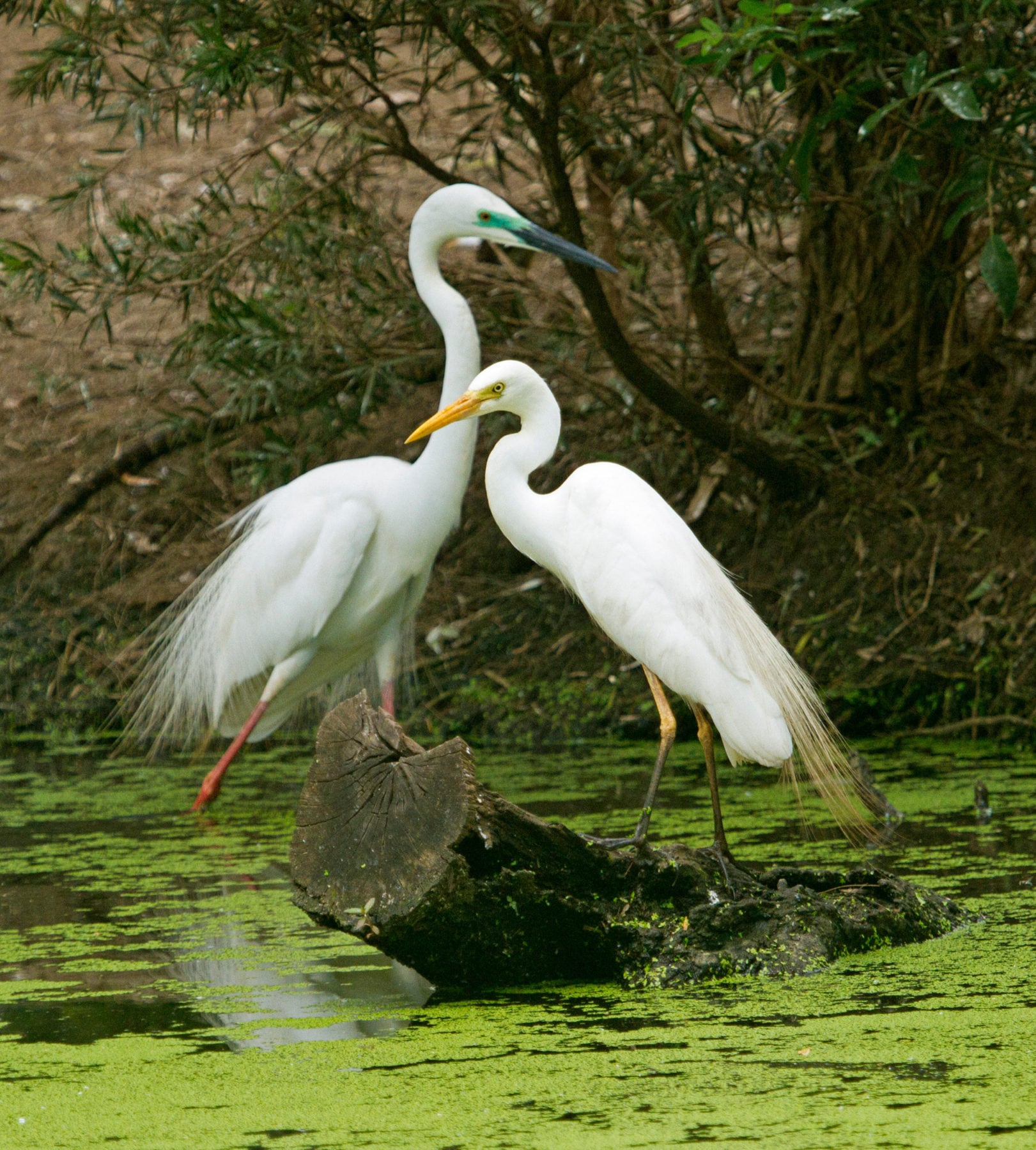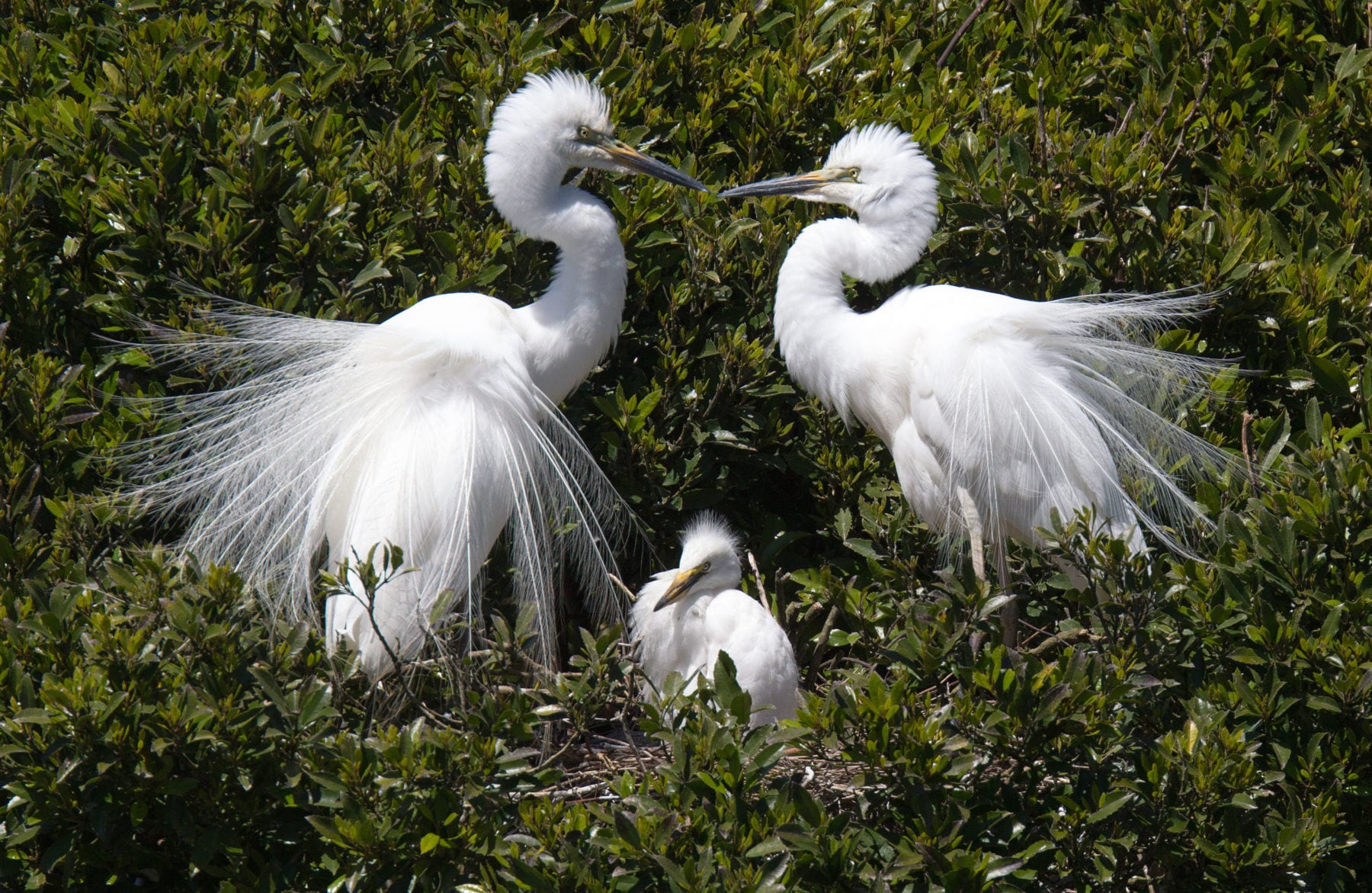The eastern great egret looks like a proper Christmas angel

Bec Crew
Bec Crew

With a plume of delicate feathers emanating from its body like a bright white halo, that bird looks positively angelic. You’d see it posing in a tree like that and immediately want to back away, eyes averted. Maybe you’d slink back later to deposit some sort of rodent or small lizard at its feet as penance for your profound mediocrity.
Meet the eastern great egret (Ardea alba modesta), one of four subspecies of the great egret (Ardea alba). It has an impressively wide range, and is found in many countries throughout Asia and Oceania, including China, India, Japan, Papua New Guinea, and Thailand.
In New Zealand, the eastern great egret is known by its Māori name, kōtuku, and has long symbolised something rare and beautiful. In the 1800s, its elegant white plumage was highly valued by Māori and European settlers, and by the early and mid-19th century, it was driven almost to extinction across the country.
The numbers are now much healthier in New Zealand, and there is a permanent population living in Waitangiroto Nature Reserve on the west coast of the South Island.
In Australia, the eastern great egret is far more common and widespread. It’s found in all states and territories, including Tasmania, and some have even strayed to Lord Howe Island, Norfolk Island, and Macquarie Island, which sits about halfway between New Zealand and Antarctica.
The largest and greatest concentrations of breeding colonies in Australia are found along the coast in the Top End chunk of the Northern Territory.
That halo of peacock-like feathers pictured above is an important part of the eastern great egret’s courtship rituals. Also known as nuptial plumes, they emanate from the lower back, and make a wonderful display.
The birds’ bill and areas of facial skin (called lores) also change during the breeding season. Usually, they are a bright yellow colour, but during the breeding season, the bill turns mostly black and the lores become a stunning shade of green.
Here’s a pair of eastern great egrets, a male with its breeding season colours and plumage, and a female, not quite there yet:

What a ridiculously attractive couple.
Strangely enough, the lores change back to yellow once the egrets have finished laying their eggs. The bills will remain dark throughout the breeding season.
You can see that here, in this most handsome family:

Another amazing feature of the eastern great egret is its neck, which stretches 1.5 times the length of its own body. That makes it the longest neck of all the white egrets and herons found in Asia and Australia.
You can see just how long it is in the footage below. Even when it’s not fully extended it’s very impressive:
Eastern great egret necks are quite flexible – they can be folded up right against the body, which gives the bird a very different look.
We’ll leave you with footage of an eastern great egret doing just that, filmed in the Waterbird Refuge at Sydney Olympic Park:




